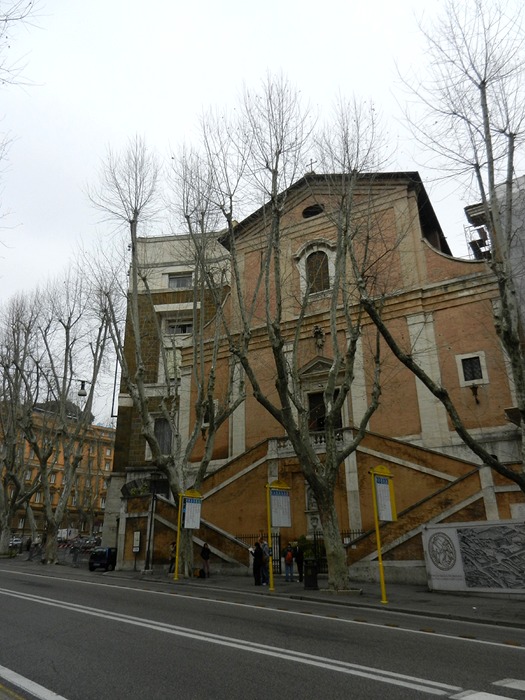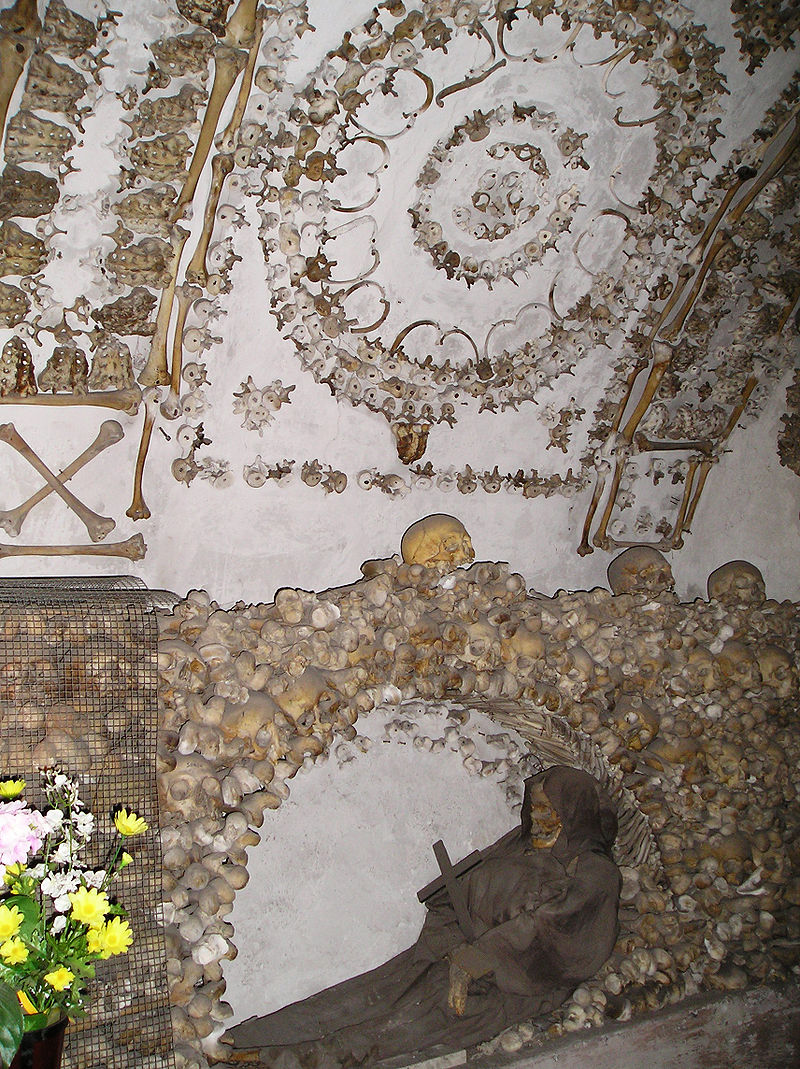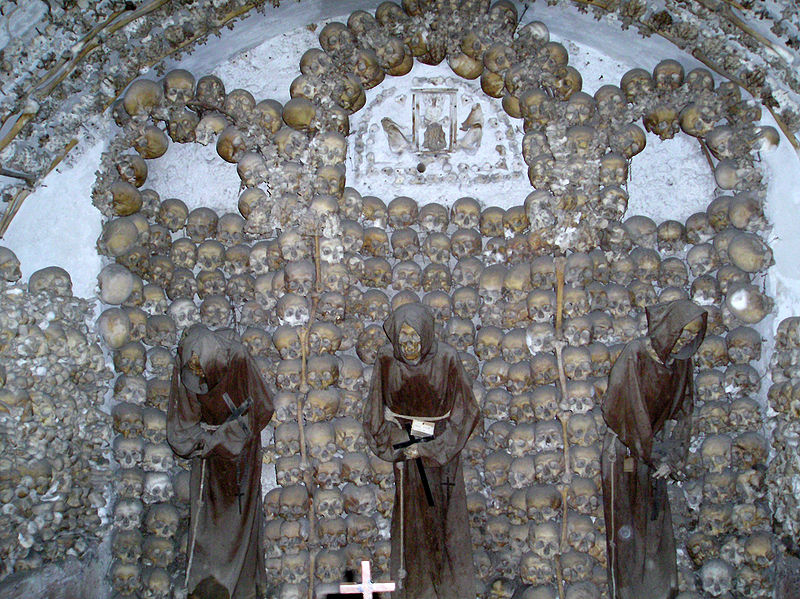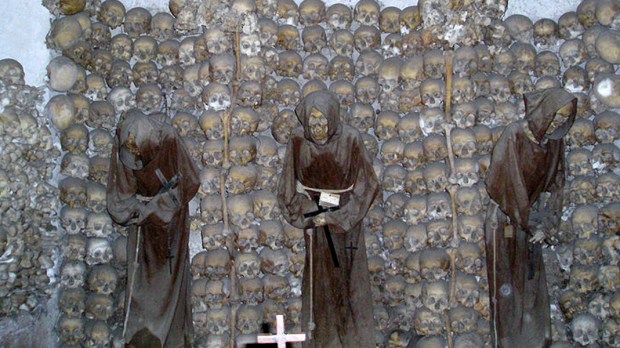In the middle of one the most charming areas of Rome, a few blocks from Piazza Barberini and its iconic Triton Fountain, lies one of the capital’s best kept secrets: a crypt decorated with human bones that belonged to local Capuchin friars.

To understand the origins of such spooky idea we need to go back to the 17th century, when Pope Urban VII, brother of local Capuchin friar Antonio Marcello Barberini, commissioned a church to welcome the needs of the expanding Capuchin friars’ congregation.
The church, named Santa Maria della Concezione dei Cappuccini, literally Our Lady of the Conception of the Capuchins, was built thanks to donations from some of the wealthiest families of the city and designed by architect Antonio Casoni, who opted for a sober interior, a strong departure from the usual opulence of Roman churches from that time.
However, it did not take long for Santa Maria della Concezione dei Cappuccini to get its own share of “intense decor.” In 1631, when the church was completed, Cardinal Antonio Barberini, the nephew of Antonio Marcello Barberini, ordered the remains of Capuchins friars who had been buried in an ossuary in the nearby cemetery in Via dei Lucchesi to be moved into the new church so that all Capuchins could “be in the same place.”

But instead of simply disposing of the bones inside a reliquary or into a cemetery, the friars decided to use them to create elaborate Baroque ornaments. The result is six small rooms, some named after bone types such as “Crypt of Skulls” or “Crypt of Pelvises,” decorated with bones from 4,000 friars who passed away between 1528 and 1870.
The reason for this unusual display of human bones is not yet clear, although the local Capuchin congregation attributes it to the will of their ancestors to be constantly reminded of the unpredictability of death, which can come meet us at any time. Indeed, the rooms, which throughout the years also welcomed mummies of Capuchin friars dressed with the iconic hooded robe, were used by friars as places for contemplation and prayer. A sentence engraved on a plaque in one of the crypt further confirms that explanation. It reads: “What you are now, we once were, what we are now, you will become.” Thousands of friars must have come down here to reflect about the fact that they would one day join their brothers.

The first written mention of the crypt is found in a letter from 1775, where French nobleman and writer Marquis de Sade said that he “had never seen anything more striking.” And, understandably, writers interest in the unusual decorations of Santa Maria della Concezione did not end there. A hundred years later, Mark Twain mentioned the chapel at the start of Chapter XXVII of his 1869 book The Innocents Abroad, while American romantic writer Nathaniel Hawthorne mentioned it in his 1860 novel The Marble Faun.
Today, the chapel is one of the least known attractions of the Eternal City, as many visitors are deceived by Santa Maria della Concezione’s sober appearance. For those of you with the courage to venture into the crypts, just remember that they are within the bounds of a consecrated space, so revealing clothing (shorts, tank tops, etc.) is not allowed. Wear your best outfit and get ready to stand face to face with a 300-year-old Capuchin friar!

